mail order or online suppliers of hardy fuchsia?
megajas
16 years ago
Related Stories
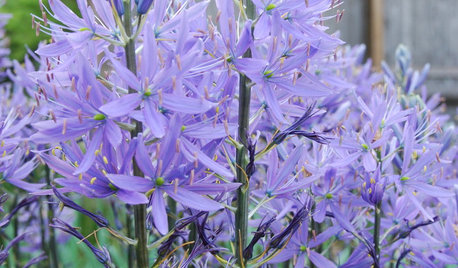
BULBSGreat Design Plant: Wild Hyacinth for a Bolt of Blue
Get knockout spring blooms on spiky stems by planting these bulbs before the ground freezes
Full Story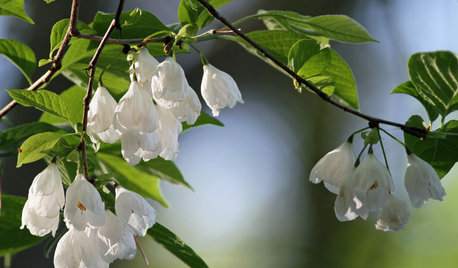
GARDENING GUIDESGreat Design Plant: Halesia Tetraptera
Carolina silverbell is a Southeastern native tree that adds spring blooms to a shady slope, a woodland edge or even a lawn
Full Story
GARDENING GUIDESTop 12 Summer-Blooming Perennials for Deer-Resistant Drama
Can you have garden color, fragrance and exciting foliage with hungry deer afoot? These beauties say yes
Full Story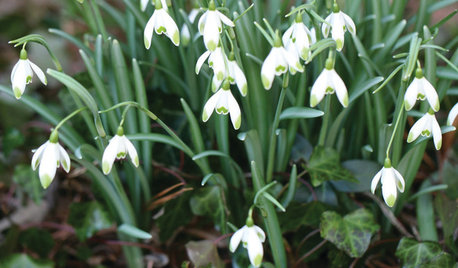
WINTER GARDENINGGreat Design Plant: Snowdrops Offer a Spring Peek
Braving snow and ice, these little white charmers are a sure shot of sunshine in the winter garden
Full Story
GARDENING GUIDESThe Beauty of Bare-Root Plants
Plant dormant trees and shrubs in fall using the easy, affordable bare-root method and enjoy beautiful results in spring
Full Story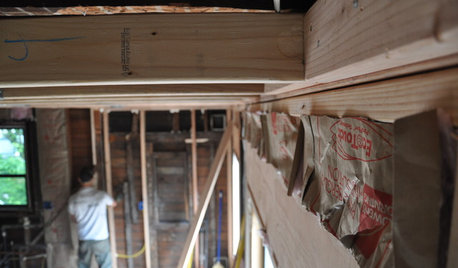
REMODELING GUIDESContractor Fees, Demystified
Learn what a contractor’s markups cover — and why they’re worth it
Full Story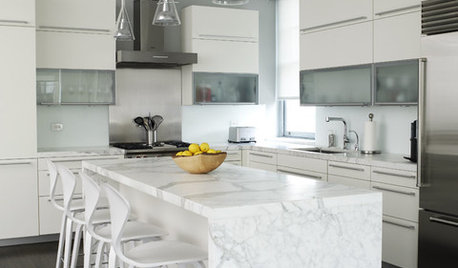
REMODELING GUIDESCarrara vs. Calacatta Marble: What Is the Difference?
The answer is in the color and veining of these popular Italian marbles
Full Story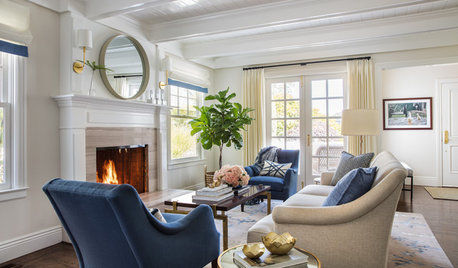
MOST POPULARHow to Work With an Interior Designer
Interior designers do much more than make a home pretty — they turn it into a harmonious haven that's uniquely yours
Full Story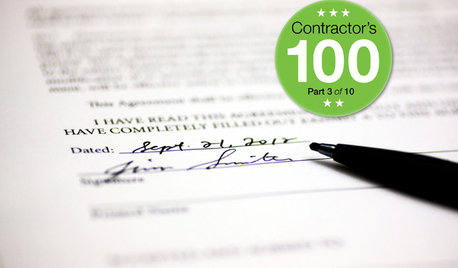
CONTRACTOR TIPSWhat to Look for in a Contractor's Contract
10 basic ingredients for a contract will help pave the way to remodel happiness
Full Story
REMODELING GUIDESWhy Marble Might Be Wrong for Your Bathroom
You love its beauty and instant high-quality appeal, but bathroom marble has its drawbacks. Here's what to know before you buy
Full Story





aftermidnight Zone7b B.C. Canada
kendra2003
Related Professionals
Clemson Landscape Architects & Landscape Designers · Brookside Landscape Contractors · Andover Landscape Contractors · Canby Landscape Contractors · Farmington Landscape Contractors · Gloucester Landscape Contractors · Middletown Landscape Contractors · Newnan Landscape Contractors · Palos Verdes Estates Landscape Contractors · River Ridge Landscape Contractors · Salmon Creek Landscape Contractors · Smyrna Landscape Contractors · Leominster Carpenters · Tustin Carpenters · Weston Carpentersatash